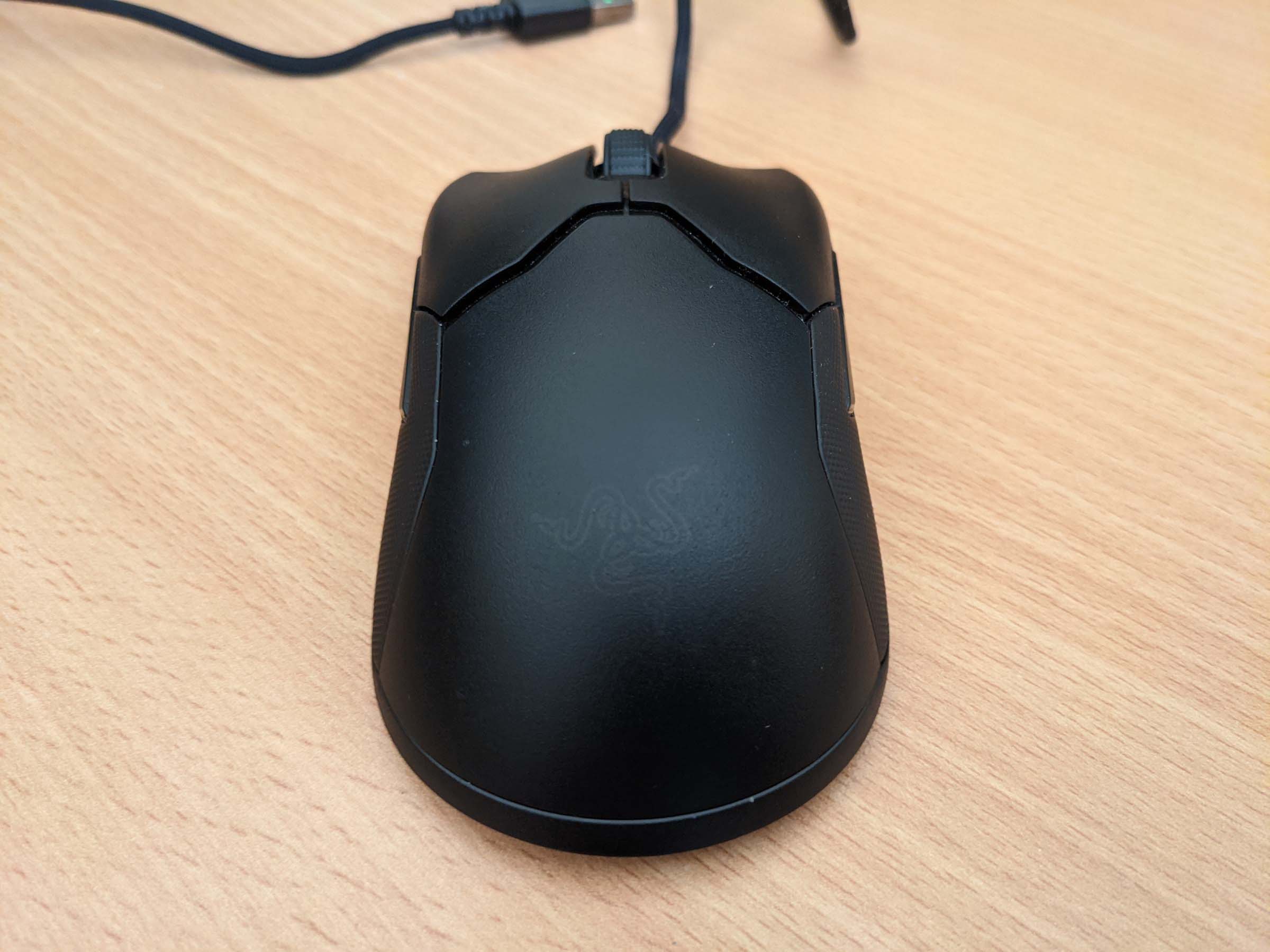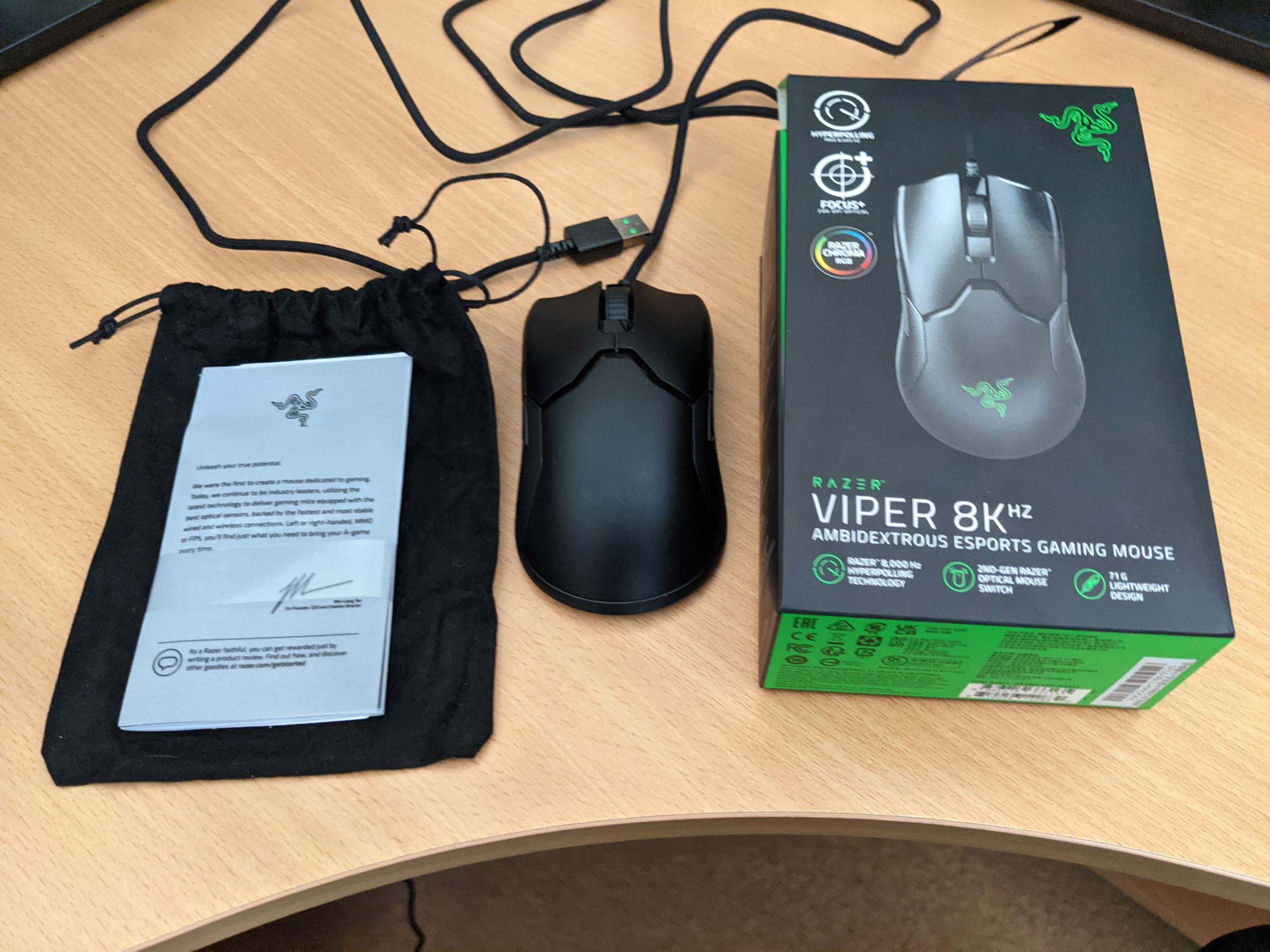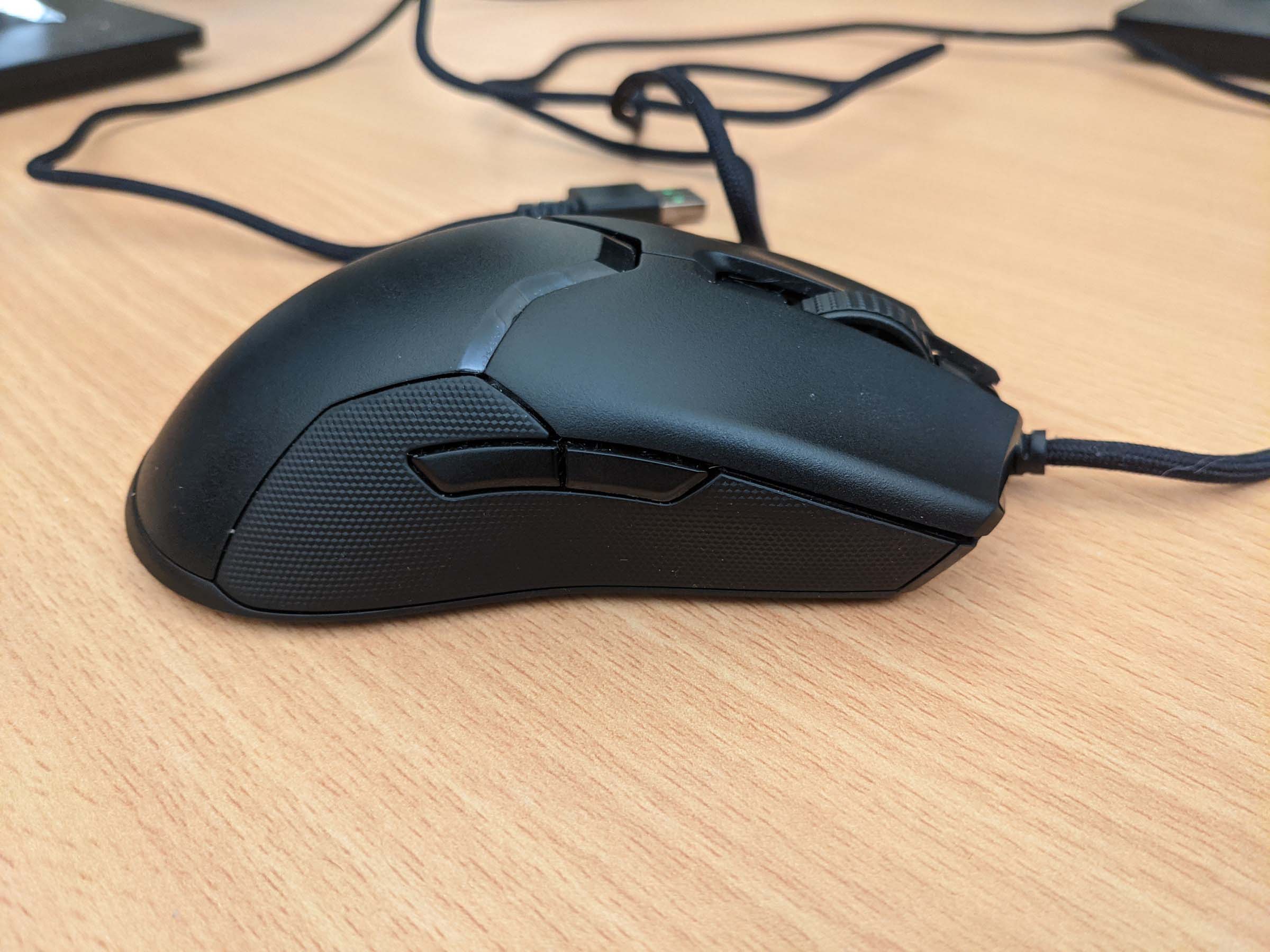Optus Mobile Review ALDI Mobile Review Amaysim Mobile Review Belong Mobile Review Circles.Life Review Vodafone Mobile Review Woolworths Mobile Review Felix Mobile Review Best iPhone Plans Best Family Mobile Plans Best Budget Smartphones Best Prepaid Plans Best SIM-Only Plans Best Plans For Kids And Teens Best Cheap Mobile Plans Telstra vs Optus Mobile Optus NBN Review Belong NBN Review Vodafone NBN Review Superloop NBN Review Aussie BB NBN Review iiNet NBN Review MyRepublic NBN Review TPG NBN Review Best NBN Satellite Plans Best NBN Alternatives Best NBN Providers Best Home Wireless Plans What is a Good NBN Speed? Test NBN Speed How to speed up your internet Optus vs Telstra Broadband ExpressVPN Review CyberGhost VPN Review NordVPN Review PureVPN Review Norton Secure VPN Review IPVanish VPN Review Windscribe VPN Review Hotspot Shield VPN Review Best cheap VPN services Best VPN for streaming Best VPNs for gaming What is a VPN? VPNs for ad-blocking This means the frequency of data updates for the mouse can be sent to your PC up to eight times faster, with the theory being this gaming mouse registers movement faster and more smoothly which, coupled with incredibly low click latency, offers a competitive edge where it matters most: in online gaming. For the most part, the Razer Viper 8KHz is an excellent gaming mouse, let down by a few key things. The middle wheel can’t be clicked for infinite scroll (in fairness, a familiar missing perk for many gaming mice), plus it’s a little too sensitive for heavy rollers like me, which can easily lead to accidental clicks. Razer continues to place the sensitivity-cycling button on the bottom of the mouse, rendering it unusable mid-firefight, unlike its competitors. On top of this, there are some game as well as potential hardware compatibility hiccups that hold back the Viper 8KHz from being an essential competitive purchase today. By default, the Razer Viper 8KHz is set to right-handed use, deactivating two of the seven top-mounted buttons on the right side of the mouse body. Switching to left-handed mode is a single click away, plus you can click on any of the buttons to bind keyboard functions, mouse functions, and you can even reactivate those disabled side buttons if you figure you can use them with your ring finger or pinkie. The ‘Performance’ tab is where you’ll find the key point of difference for the Viper 8KHz: namely, polling rate options that stretch up to the namesake 8000Hz. While 1000Hz is the standard, you can also find a midpoint between the standard and 8KHz extreme by opting for either 2KHz or 4KHz, too. In terms of everyday use, I was initially frustrated by the Viper 8KHz’s mouse wheel. For starters, there’s no way to click it in for no-resistance infinite scroll, which is something that makes everyday mouse use easier. On top of this, if you’re a bit heavy on the scroll like I am, you’ll find it takes some time to retrain your usual scrolling pressure to not accidentally click the middle mouse button. On one hand, the responsiveness of this button is impressive, on the other it does limit both everyday and gaming tasks, depending on how much you rely on the scroll wheel. Once you’ve had the realisation that today’s wireless gaming mice perform just as well as wired alternatives, it’s hard to go back. That said, the Viper 8KHz has two big reasons to consider going back to wired: that much touted 8KHz polling rate paired with a very reasonable RRP. Set to 8KHz polling rate, there’s definitely a feeling of greater responsiveness. Now, I can’t tell how much of that is psychological, how much is cutting-edge tech and, ultimately, how much any tiny gains matter in the grander scheme of things. But I can tell you that as an older gamer whose reflexes are on the decline, I’ll take any millisecond advantage I can get when competing with younger gamers online. The Viper 8KHz didn’t skip a beat in shooters like Call of Duty: Warzone and Hell Let Loose, which are two very different shooters that are unified in how they reward an accurate flick shot. Being able to accurately flick between targets is a staple of high-lethality shooters like Warzone, Hell Let Loose and Rainbow Six Siege, but the critical part of flick accuracy is a gaming mouse that you know consistently has your back. For these games, the Viper 8KHz is that mouse. Even for other games I tested that are less reliant on flick shots, like Sea of Thieves, Dying Light, Dungeons & Dragons: Dark Alliance, Left 4 Dead and Age of Empires II: Definitive Edition, the Viper 8KHz proves to be a faithful gaming companion with accuracy and reliability you can constantly rely on. If you’re interested in a deeper analysis of dots-per-inch (DPI) analysis from a seasoned hardware expert, check out Battle(non)sense’s video below where he puts the Razer Viper 8KHz through a very technical appraisal of its performance. The first game I noticed the issues in was Chivalry II which, at the time, I thought was an issue with the Nvidia GeForce RTX 3070 Ti graphics card I was reviewing. Both Chivalry II and Cyberpunk 2077 suffered the same issue: it would skip and drop frames to the point that the game was unplayable, seemingly dropping from a high and playable frame rate down to single digits or even entire freezes. For Chivalry II, a game reliant on perfect timing for blocks and parrying, as well as threat management from 360-degree attack angles, this made the Viper 8KHz impossible to use at an 8000Hz polling rate. For Cyberpunk, while not as reliant on mouse accuracy, it was still skipping frames, which felt jarring. This only seems to impact faster mouse movements. My experience isn’t isolated, it seems, and these are not the only games it impacts if this Reddit thread is any indication or if the Rocket Jump Ninja review (below) is also indicative of real-world performance. Either way, the fix (at least in my tests) is to drop the polling rate from 8000Hz to 4000Hz. While this is still four times the polling rate of competing gaming mice, it does still feel disappointing in the context of the mouse having “8KHz” in the title. When I reached out to Razer about the issue, I was provided with some quite high minimum requirements for 8KHz. The table below shows these minimum requirements next to the relevant specs on my PC. The big difference is that the Viper Ultimate is wireless with up to 70 hours of battery life and can be charged on a dock when not in use, whereas the Viper 8KHz is 100% wired. The first big difference outside of the polling rate is the $115 gap in price between the cheaper Viper 8KHz ($134.95RRP) and the wireless Viper Ultimate ($249.95RRP). Outside of this, there are only a couple of other minor differences. The Viper Ultimate weighs three grams more (74g vs 71g) and the launch version I have has a first-generation optical sensor instead of the second-generation sensor inside the Viper 8KHz. Ultimately, as noted in the Rocket Jump Ninja video above, shape, weight, size, and wireless considerations are all more important gaming mice considerations than a higher polling rate at this point in time. That said, if you’re eager to eke out any competitive edge you can get for online shooters, the Razer Viper 8KHz is well worth buying.




